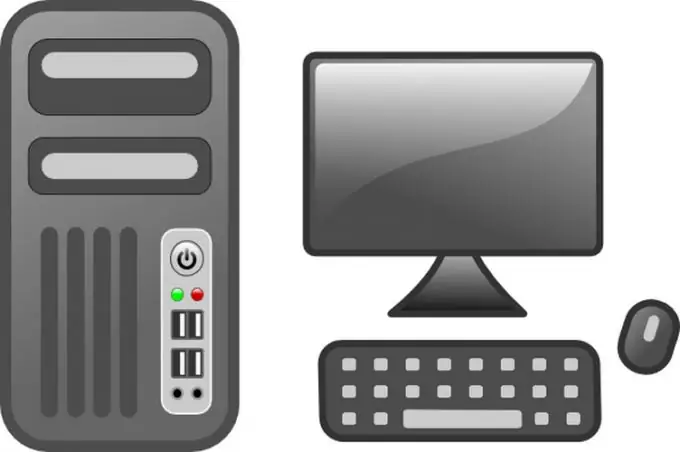If you are interested in the components of your system unit, it is not at all necessary to immediately grab a screwdriver and unscrew the screws on the back of the case. You can familiarize yourself with the internal structure of your PC using special programs, as well as using the Windows operating system.

Necessary
- Software:
- - DirectX Diagnostic Tool;
- - Everest Ultimate Edition utility.
Instructions
Step 1
The DirectX Diagnostic Tool is supplied with the Windows operating system. It allows you to find out the characteristics of a part of the devices located inside the system unit, for example, such important data as the type and performance of the processor, RAM.
Step 2
To start DirectX, open the Start menu and select Run from the list shown. In the Open text box, enter the dxdiag command without quotes and click OK.
Step 3
You will see the DirectX Diagnostic Tool window. On the "System" tab, you can find out the name of the operating system, the characteristics of the processor and the total amount of installed RAM.
Step 4
If the information that you received using this utility was not enough for you, you should turn to special programs that, when launched, scan the entire system, giving a full report. These programs include the Everest Ultimate Edition utility.
Step 5
After starting this program, a system scan will occur. To view detailed information about any device in the system unit, click on the appropriate section. To view a list of all devices in the system, click the "Computer" section in the left part of the program window and select "Summary information". The results will be loaded in the right part of the program window: here you can find out the name of the motherboard, processor, RAM, video processor, hard disk and other devices.
Step 6
If you want to view more detailed information about each device, including the serial number of the board and the date of manufacture, you must select the appropriate section on the left side of the program window:
- for the motherboard, select the "System board" section, then open the "System board" item;
- for the processor - section "System board" - item "CPU";
- for RAM - section "System board" - item "Memory";
- for an audio device - section "Multimedia";
- for video devices - section "Display";
- for hard drives - section "Data storage".
Step 7
As a result, after reviewing all the results of the computer scan, the desired result can be saved on the hard disk or printed. By default, the report is saved as an html file, which allows you to view it on any computer, including a laptop.






